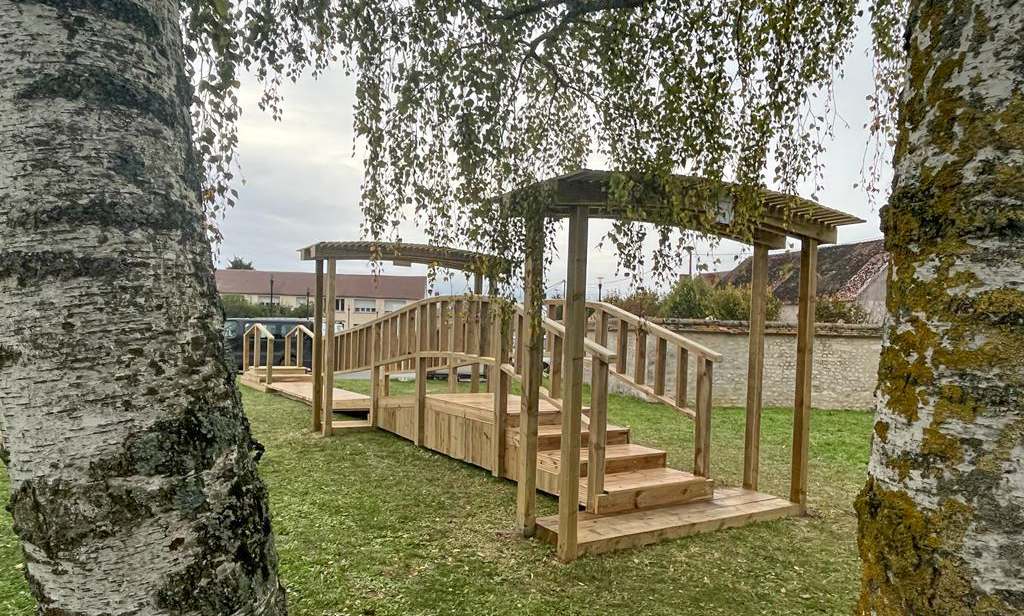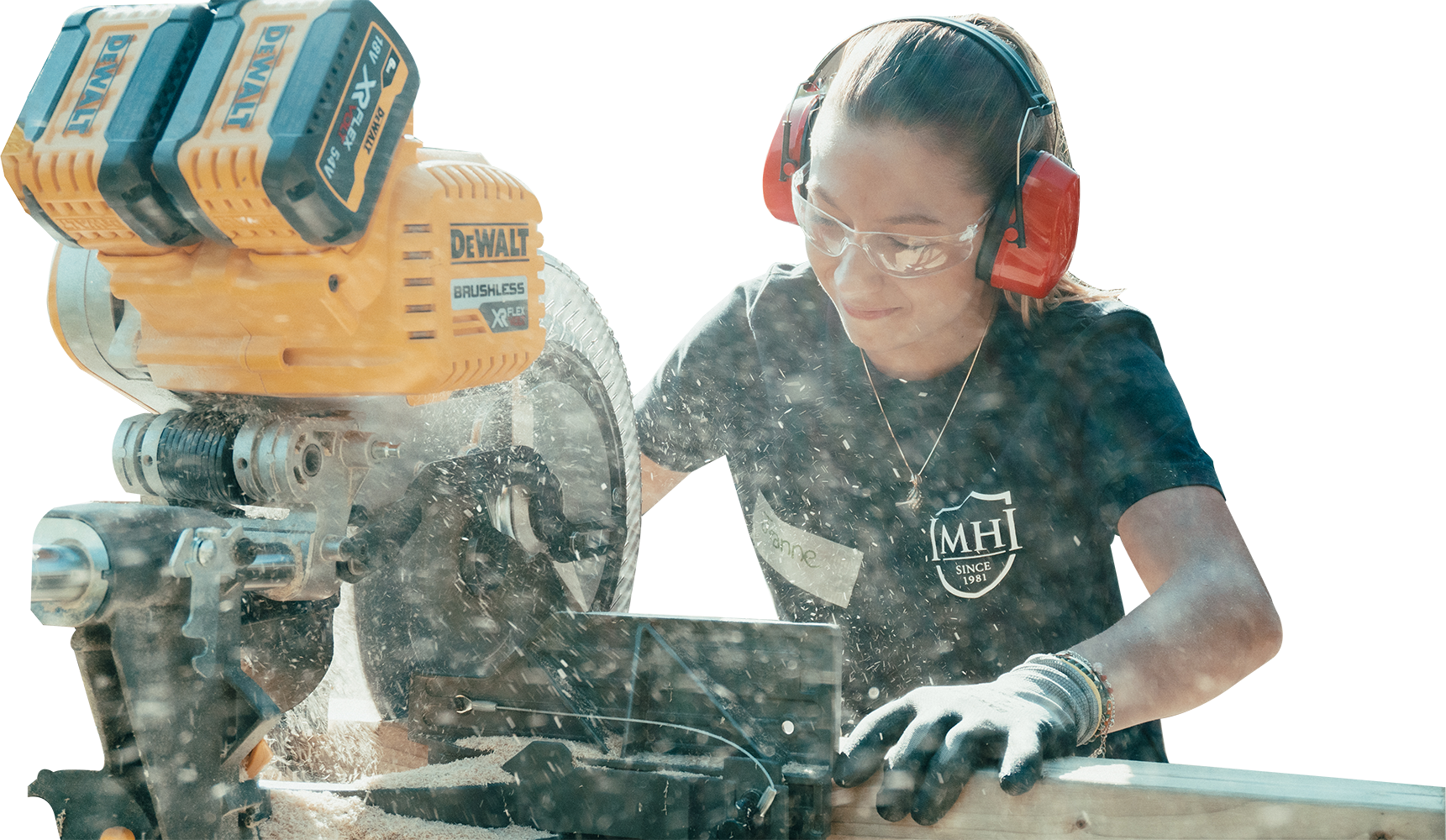
We have worked with Loic Sadoulet, Professor of Economics at INSEAD, for the past 16 years, collaborating with him on close to 30 projects. The projects have involved over 800 executive education participants who are employed by a range of high-profile corporations spanning a cross-section of industries. Participants come from all over the world to attend these programmes, and take part in their Splash Project, together.
Here, Loic shares why he always tries to incorporate a Splash Project into his programmes and why it’s so important things go wrong…
“A company may want to reinvent itself, refocus, or simply bring colleagues working apart, together,” he says. “A Splash Project is a unique way of bringing their programme learning objectives to life. I set the learning objectives of their Splash Project, and these objectives shape its design. The design doesn’t shape the learning objectives.
“For me, the teambuilding and learning aspects are always more important than achieving the outcome. Although, of course, we always deliver something incredible for the charity.
“There are five main elements I seek to illustrate when I put people through a Splash Project…
Collective achievement
“The participants get to see what’s possible to achieve together in just half-a-day, or a day, which gives them a sense of pride, ownership and a common history.”
Overcoming challenges
“They are put into silos that correspond with the designs of the project, so each silo will be responsible for a certain element of the design. But we plan that things go wrong; we make sure they can’t deliver the plans in their silos, for example the wood runs out or they don’t have enough people in their team to achieve their task, so they need to figure this out and decide how to overcome these impromptu difficulties.”
Motivation
“How do you keep yourself motivated and others when things are going wrong? You can’t give up on a Splash Project, the charity is depending on you. We use the Splash experience to have people reflect on what gives them energy, and what maintains their energy, in difficult times, and how they motivate other people.”
CSR
“It’s essential participants are taken into an environment they don’t know and see how life is for other people, beyond their worlds. For example, they may see disabled kids who are being cared for by people on less than minimum wage, so the Splash Project experience opens their eyes to the bigger picture.
“To illustrate this; around 26 per cent of the US population are disabled, so for a North American business not to understand how disabled people live, they don’t know a quarter of their customer base.
“It’s about showing them there is a bigger purpose in life.
“It’s all very well having an objective, but people have to be aligned with that objective for it to work. Part of a Splash Project is meeting members of the charity who will benefit from their hard work; seeing what it means to them brings everything into perspective.”
Ex-military connection
“Many of the Splash Projects’ team are ex-military. By the way, it’s interesting that we describe those Project Leaders as ‘ex’ military rather than by what they do now. They spent their youth putting their life on the line for our safety, and yet when they retire we don’t integrate them in civilian life despite the fact that they have so much to offer the corporate world. Not to value them for their experience is missing out on an incommensurate valuable resource.”
Example
A team of 16 participants on an executive education programme with INSEAD were tasked with creating a bridge to assist with the physiotherapy of disabled residents being cared for at Fondation Des Amis L’Atelier in Fontainbleau, France – Loic says…
“We split the team into three silos, each one responsible for a section of the bridge. But it was deliberately planned that they wouldn’t be able to deliver the bridge this way; after a while one of the groups realised there wasn’t enough time or materials in the original set-up, meaning they had to restructure the groupings and rethink the whole plan.
“You could see the pain in their faces, having to give up on the targets (KPIs) that they had set for themselves! But they realised that what meant more was ensuring that there was some functional equipment for the charity, not that the vision as it was presented to them, was achieved.
“The participants had to figure out the plan was the wrong plan, and it really worked!”


